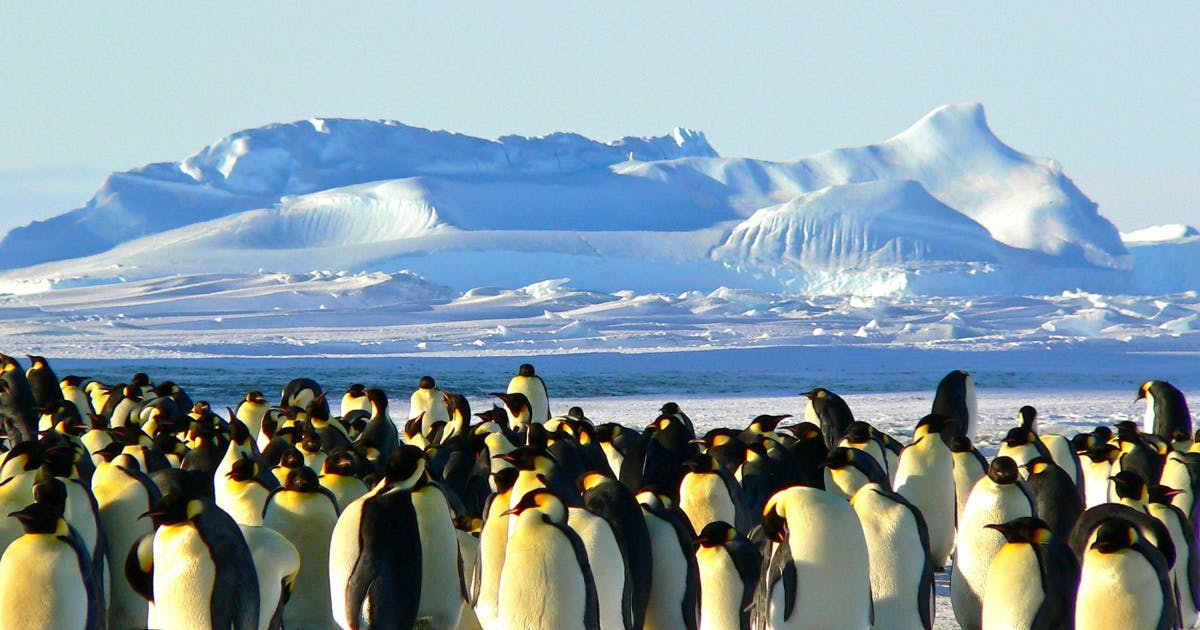
Scientists from the University of Edinburgh working alongside the British Antarctic Survey, the Norwegian Institute for Nature Research, and the Scottish Association for Marine Science, have discovered that plant life in Antarctica is much more common than expected.
The research, recently published in Nature Geosciences, maps plant life in the icy continent. The map, which was created using a combination of first hand field studies and satellite data, found that while only 0.12 per cent of Antarctica hosts vegetation, this actually amounts to a total of 45 square kilometres.
This may come as a surprise to some, who would expect Antarctica to have a landscape of pure ice. Subverting this expectation, the researchers have mapped plant life across the continent, proving just how green Antarctica really is.
Explaining why grass, which is more familiar to suburban lawns, is suddenly thriving in Antarctica, IFLScience wrote:
“You might expect the color palette of Antarctica to be bright white with the odd icy blue and cold grey, but a surprising amount of green can also be found thanks to mini pockets of photosynthetic life. In the face of climate change and warming temperatures, it’s likely the ice-capped continent will witness the growth of even more vegetation – a worrying trend that scientists are keen to keep an eye on.”
In a statement, Charlotte Walshaw who led the study, explained the impacts of the research:
“Our continent-scale map provides key information on vegetation presence in areas that are rarely visited by people. This will have profound implications for our understanding of where vegetation is located across the continent, and what factors influence this distribution.”
But why are plants growing on Antarctica? Surely this terrain would be inhospitable for life, let alone the delicate stages of gemination. Paraphrasing the University of Edinburgh’s Claudia Colesie, IFLScience explain the phenomenon that allows green life to survive – and even thrive – on the continent:
“First, pioneering algae and cyanobacteria settle on the land and live between soil and sand particles, where they create a surface for other organisms to grow upon. Lichens and mosses use the surface to establish themselves and grow. Larger plants can then lay their seeds within this soft and moist mossy cushion. However, warming temperatures and shifting landscapes now mean it’s much easier for plant life to establish itself here.”
What’s more, the changes to our planet’s climate is causing not only an increase in the quantity of plants growing in Antarctica. The diversity of plant species is increasing too, as IFLScience continue to explain:
“Just two vascular plants are native to the continent: Antarctic hair grass and Antarctic pearlwort. While these two species were once relatively rare on the ice-dominated continent, they’ve become increasingly common in the past couple of years due to rising temperatures.
Furthermore, over 100 plant species have recently invaded Antarctica, including common lawn grass that has rapidly spread over sub-Antarctic Islands and appears to be working its way down the Antarctic Peninsula.”
So what now for the world’s coldest continent?
Scientists will use this vital new research to continue to monitor the situation in the Antarctic.
If our climate continues to change at the speed it is, though, who knows what other plants will find a way to thrive in Antarctica.
If you thought that was interesting, you might like to read about the mysterious “pyramids” discovered in Antarctica. What are they?